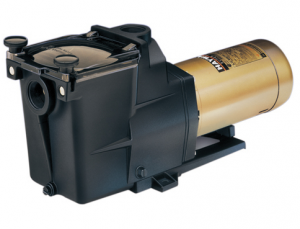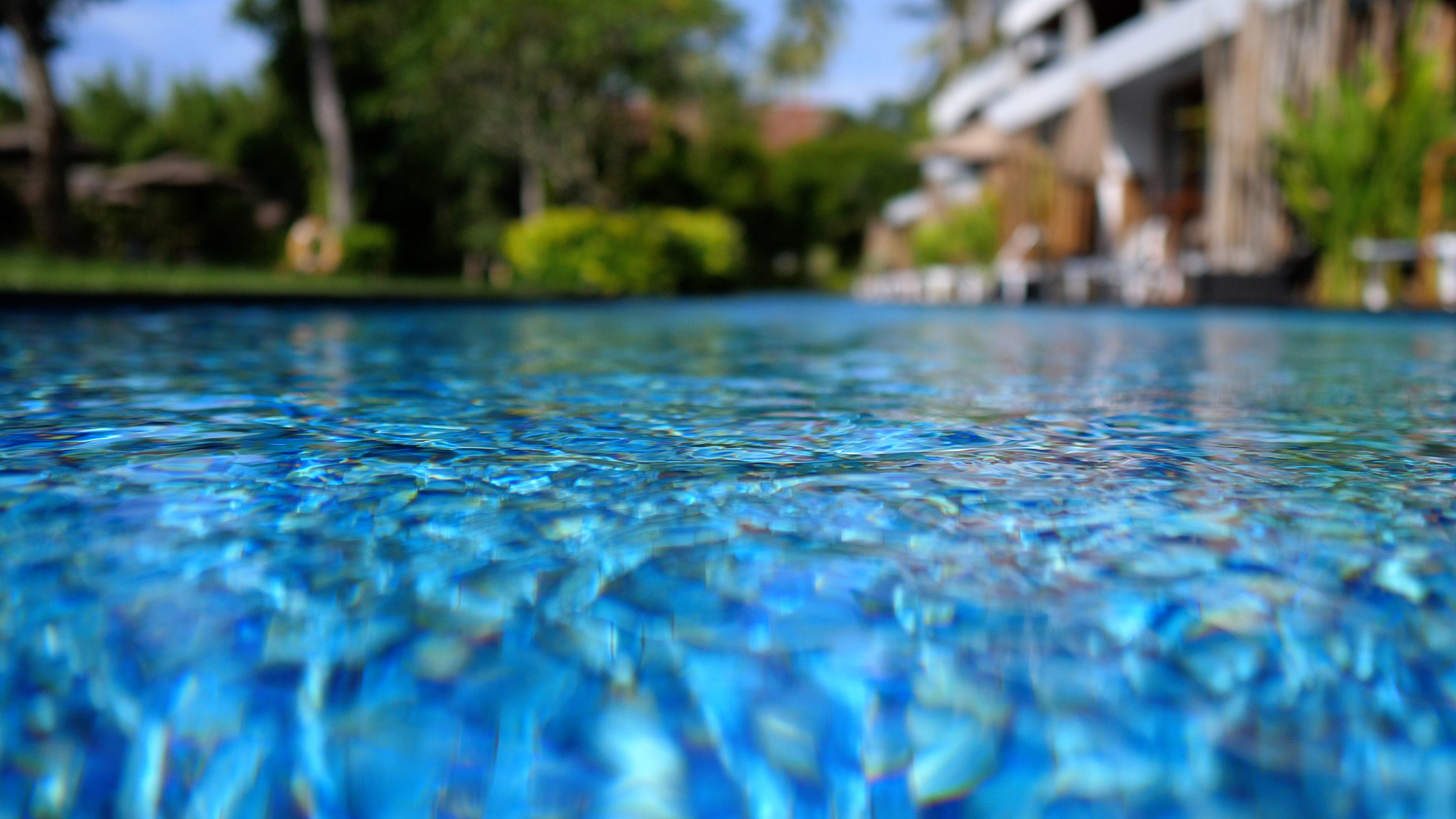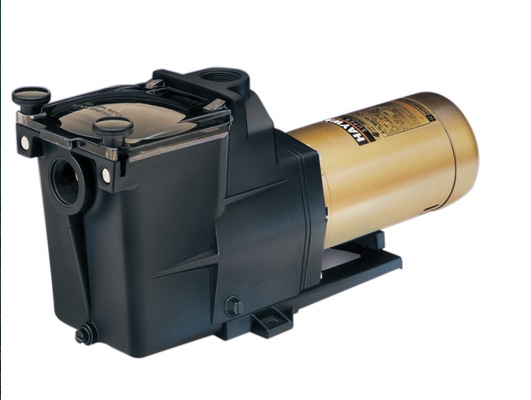 Getting to Know Your Pool Filter
Getting to Know Your Pool Filter
Every swimming pool needs a filter. Countless types of debris, grease, organic material, metals, etc. will inevitably enter your pool water, and it’s up to your pools filter to remove much of it, especially the smaller particles that are suspended in the water and can cause cloudiness, staining or algae growth.
The vast majority of swimming pools will use one of three main types of filters: cartridge, D.E. or sand. Here are some of the main features and differences of each type:
Cartridge Filters have gained in popularity in recent decades due to the improvement of the filtering materials, which in most cases is high-grade spun polyester. The material is situated inside the filter most often in a cylindrical cartridge, and will filter particles and debris in pool water between 25-100 microns. With cartridge filters, there is no need to add any messy filter media like sand or D.E., there is no need to backwash, and a typical cartidge will last between 5 and 7 years with proper maintenance. One downside is the cost for replacing the cartridge can be pricey, but this is often offset by the fact that there is no need to purchase bags of filter media throughout the pool season.
D.E. Filters filter pool water through a soft, white powder substance (diatemaceous earth) and will filter debris and particles down to as small as 3 to 5 microns. D.E. filters will filter water to the smallest particles of the three types of filters, and with proper maintenance will do the best job keeping a pool as clear as possible. Water passes through a grid or suspended finger grid which is coated with D.E. powder. Some of the cons of owning a D.E. filter include the need to purchase messy D.E. powder often throughout the season, and the need to backwash the filter often.
Sand Filters use high-grade sand particles to filter pool water. Water is forced through layers of sand and will be filtered down to 20 to 100 microns. Sand filters are relatively easy to maintain in comparison to D.E. filter, and require about the same amount of effort to maintain as cartridge filters. New sand added to a sand filter can last between 4 and 7 years with proper maintnance, but backwashing is required throughout the season to keep sand filters from becoming too compacted with greases or debris and from developing channels which water passes through easily.
Regardless of what type of pool filter you own, a good rule of thumb is to keep an eye on the pressure indicated by the pressure gauge. If your filter pressure rises 8 to 10 psi higher than normal, or if your water appears cloudy even though the chemicals are balanced, the filter will most likely need to be either cleaned/backwashed, or replaced with a new cartdidge, grid system, or fresh sand/D.E.
If you are interested in changing or upgrading your pool filter, come in to The Swimming Pool Store and we’d be happy to go over your options!
As always, we are happy to answer any and all pool and spa questions you might have. Or if you are interested in our maintenance programs and let us take care of your pool please visit our maintenance page on our website or click here to sign-up for our Maintenance Program:


